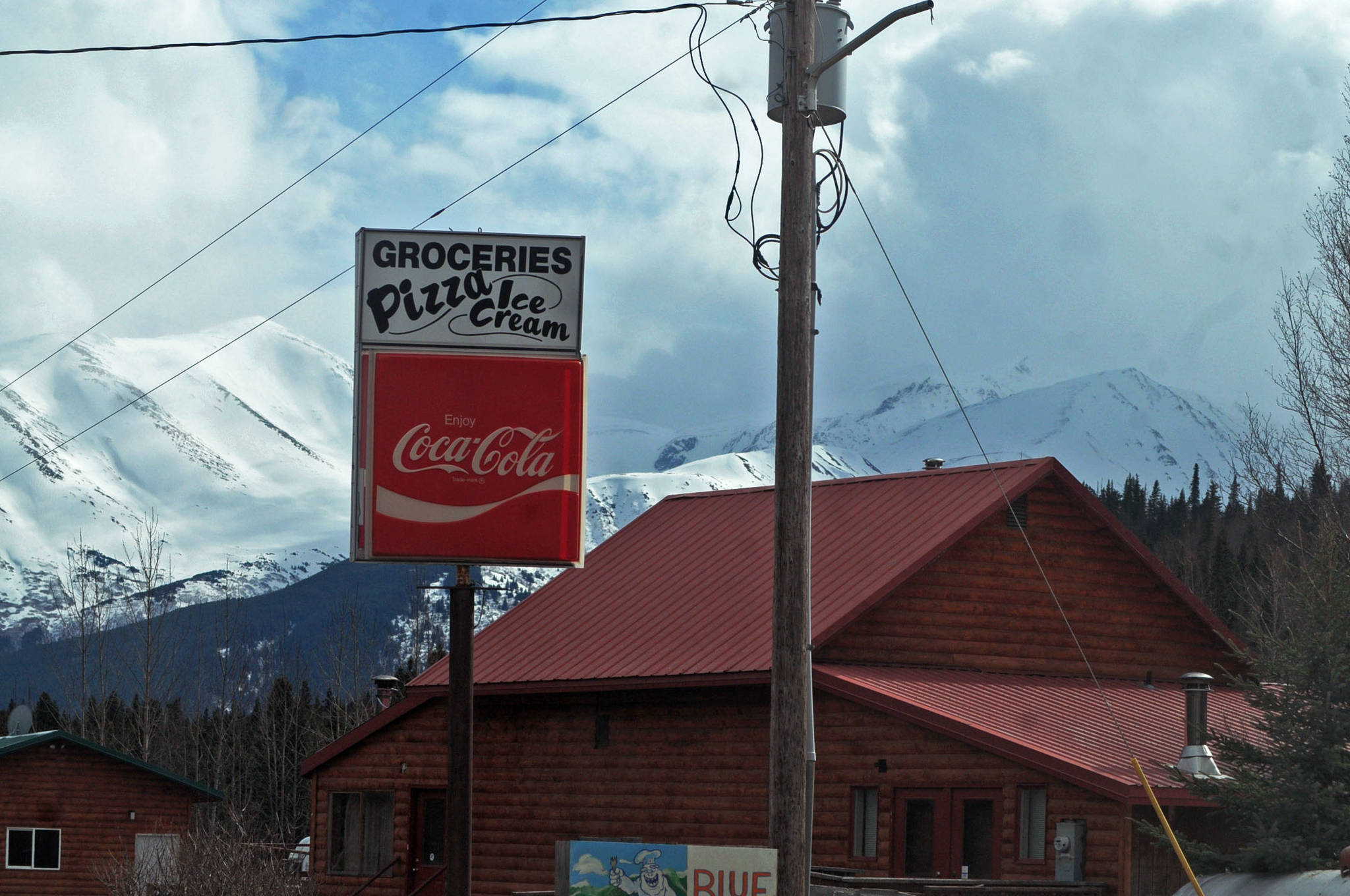The Kenai Peninsula Borough Assembly may ask the state to drop the speed limit on part of the Sterling Highway near Cooper Landing.
The assembly is scheduled to consider a resolution at its Tuesday meeting in Seward that would ask the Alaska Department of Transportation and Public Facilities to reduce the speed limit from 45 miles per hour to 35 miles per hour on a stretch of the highway between miles 50.8 and 52.8, roughly between Gwin’s Lodge and Sackett’s Kenai Grill. The resolution, sponsored by assembly member Kenn Carpenter, is only a recommendation, as DOT determines speed limits on state roads.
Carpenter wrote in his memo to the assembly that several Cooper Landing residents had requested the change. The area in question is popular for recreation in the summer and is 35 miles per hour on one end and 45 miles per hour on the other end.
“Due to the number of businesses, cabin rentals and parks in that area a lot of pedestrians walk along the highway and drivers enter and exit it, especially during the summer months,” he wrote. “During the winter months vehicles of all sizes including trucks have a hard time slowing down to the slower speed limits at each end of this stretch and frequently end up in ditches or on the guardrails.”
There have been a number of accidents on that section of road in the past, though it’s far from the only one near Cooper Landing that sees accidents every year. The highway, which does not meet current highway safety standards, follows the curve of the Kenai River and takes two sharp turns just west of Gwin’s Lodge.
The curves can be dangerous taken at high speed or in slippery conditions, sometimes earning the nickname “crash corner.” An accident in July 2016 at approximately mile 54 left an RV straddling the highway, completely blocking traffic for several hours.
Amid the ongoing permitting work for the proposed Cooper Landing Bypass, DOT provided crash data to the Federal Highway Administration about crashes in the area from 2000–2009 in February 2014. The stretch of highway between miles 52 and 52.9 had the highest crash rate in the area, with approximately 5.35 crashed per million vehicle miles traveled.
However, only 29 percent of the crashes happened during the lodge’s open season, according to the report.
“This implies that the root cause of the high frequency of crashes at this location goes beyond just the high traffic volume associated with operation of the lodge and may be more related to the roadway geometry,” the report states.
Engineers and officials have said that it isn’t really possible to bring the highway up to standards without moving it because of land restrictions — the highway is perched between the river and a steep cliff with private buildings along most of it in Cooper Landing. The most recent document related to the bypass, the draft final Environmental Impact Statement, notes that if the proposed highway reroute is not built, the area is likely to see more crashes and become a designated Highway Safety Corridor within the next 25 years. Based on the current design and increased traffic volumes, DOT projected that there would be about 33 crashes per year, 11 of which would be fatal.
“Also, because of poor (line-of-sight) and a high percentage of the existing highway not meeting current design standards, highway and traffic safety are anticipated to worsen, resulting in a greater possibility of frustrated and erratic drivers taking unnecessary chances when attempting to pass slower traffic, thereby increasing the dangers of head-on collisions,” the EIS states.
The assembly meets in Seward at 6 p.m. Tuesday.
Reach Elizabeth Earl at eearl@peninsulaclarion.com.

